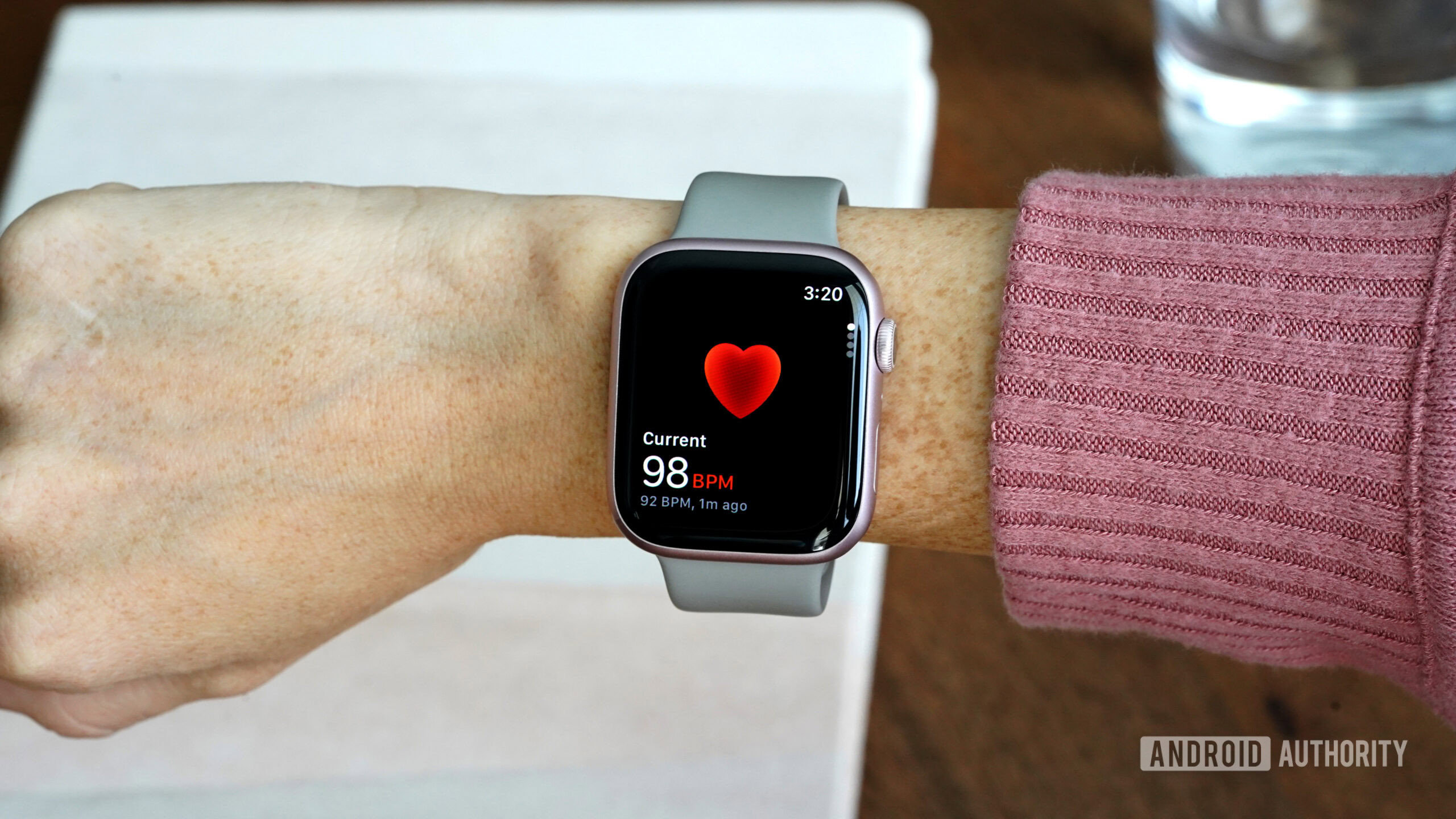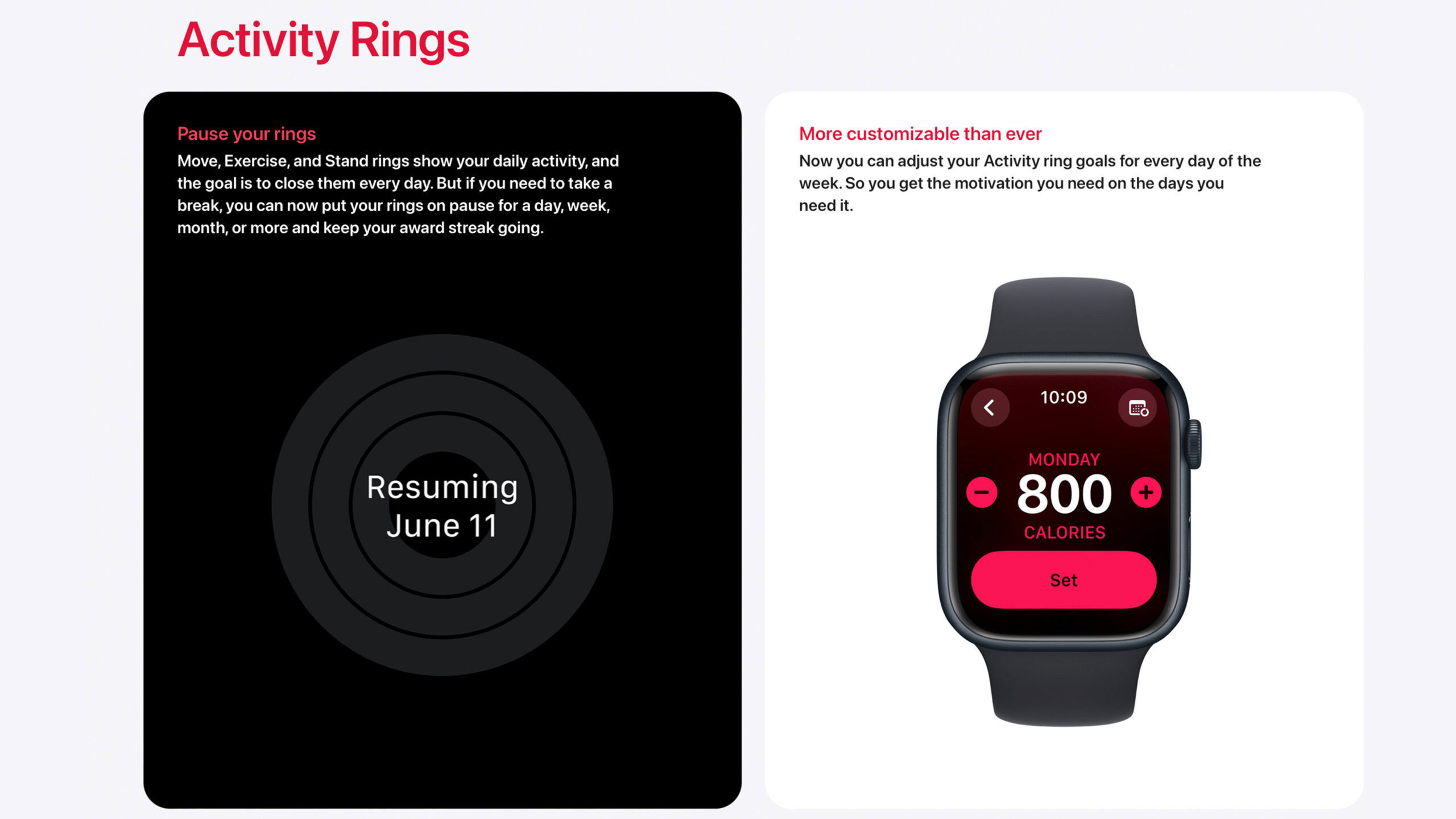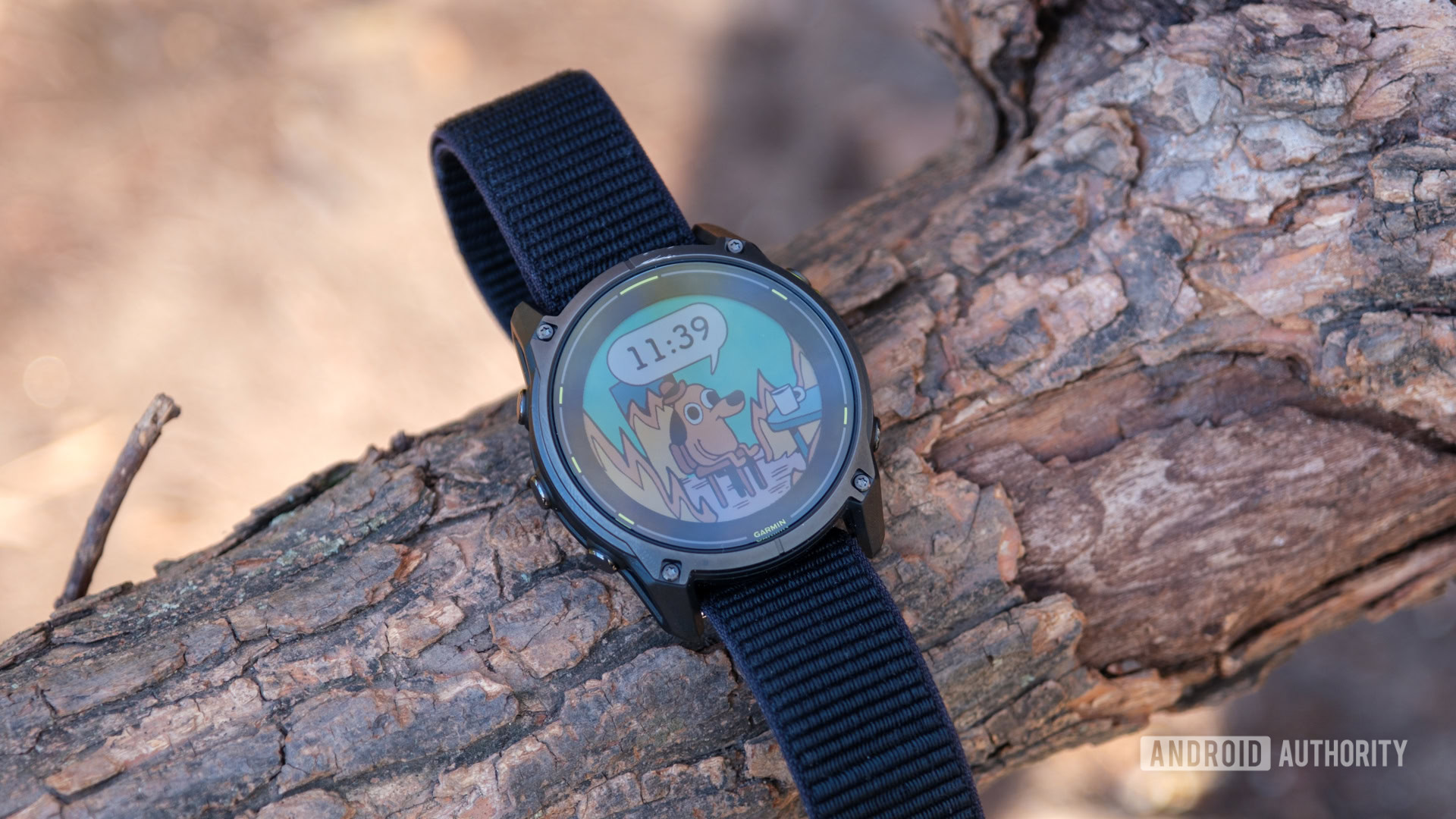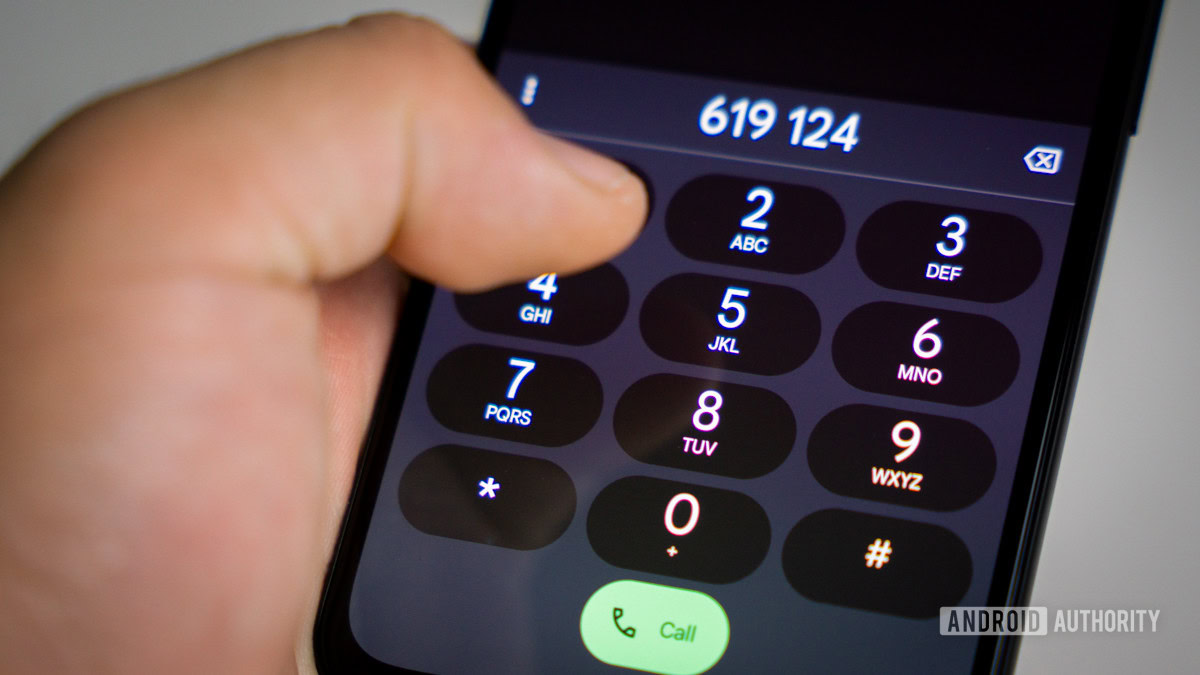Among other watchOS 11 updates headed to wrists, Apple is finally offering pregnancy tracking. Considering this is the precise means by which Apple’s future users arrive, it’s nice to see the company’s support. From weight gain and fatigue to insomnia and sciatica, the symptoms of pregnancy are complex and varied. A smartwatch that already tracks women’s health and fitness is the perfect tool to monitor these changes. In fact, I think Apple can do even more.
Apple, pregnancy, and women’s health tracking
Kaitlyn Cimino / Android Authority
We got a preview of what users can expect from Apple’s pregnancy tracking at WWDC in June. Though there is a beta version of watchOS available, we recommend waiting for a stable version before updating to the new features yourself. Once watchOS 11 is officially up and running, pregnancy tracking will be housed within the Health app. Users can add a pregnancy, view their gestational age, and track symptoms in the same format as basic cycle tracking.
As happy as I am to see Apple acknowledge the dramatic impact of pregnancy on the female body, I'm mostly just baffled it took so long.
Additionally, Apple has programmed helpful integrations with a few other watch features, including high heart rate notifications, walking steadiness alerts for monitoring fall risk, and an uptick in mental health and mindfulness reminders. These three facets of women’s health are notably affected by pregnancy, and it is good to see Apple apply more nuance than simply tracking appetite changes. The company also reassures users that the new feature is designed with privacy in mind. According to Apple, the data lives solely on users’ devices and is encrypted when the Apple Watch is locked with a passcode. (In this, the time of Handsmaid’s Tale politics, I’m all about privacy.)
Not to sound ungrateful, but it is truly baffling that it took a wellness device this long to accommodate pregnancy and its impact on women’s health. Pregnancy quickly influences nearly every facet of data the Apple Watch tracks and even more health metrics the device doesn’t. Activity levels? Shot. Sleep? Disrupted. Heart rate? Faster. Literal amount of blood? Significantly increased (cue nodding vampires). That’s not to mention intangibles like nausea, heartburn, back pain, cravings, food aversions, aversions to your spouse’s incessant tapping, chewing, and general existence, dizziness, dull headaches, and so much more. A good time if I’ve ever imagined one.
Garmin and Oura already acknowledge pregnancy's effect on health tracking, but Samsung and Google are blissfully ignoring it still.
With all of this going on, plus the mental load and stress it incurs, it’s about time leading health tracking brands take pregnancy seriously. Yet even now, Google, Fitbit, and Samsung only allow users to record a pregnancy in order to pause cycle tracking, not to access any related features or tools. To be fair, not everyone just realized where babies come from. Kudos to Garmin for being ahead of the pack, even if people were having kids long before 2020 when the company added pregnancy tracking. Likewise, I’ll also grant Oura a small nod for introducing pregnancy insights in March 2024.

Kaitlyn Cimino / Android Authority
As happy as I am to see Apple take this first step, companies should go much further. Most pregnant people know their gestational age without looking at a watch, but could ascertain a lot of other helpful information from the sensors and tools found on wearables. For example, automatic activity goal adjustments and trimester-based recommendations could help women navigate their energy levels in relation to what their bodies need. Modified hydration alerts and targeted reminders could help women remember that fetuses are basically houseplants (and not the desert variety). Insights and guidance related to sleep during pregnancy could provide support and understanding when many moms are left staring at the ceiling fan all night, counting the sheep on imaginary crib sheets.
With their powerful sensors and robust tracking, smartwatches could offer even more integrations and features to help and support pregnant users.
Apple could even offer integration with the Calendar app for timelining appointments and benchmarks. It could also leverage Maps to automatically monitor how traffic patterns might affect a mom’s final dash to the hospital at the end of pregnancy. These are just a few incredibly simple examples of how a pregnancy could be woven into the entire smartwatch experience to help expectant mothers. I also wouldn’t be opposed to a cute watch face that displays baby’s size each week in relation to veggies, candy bars, or retro toys.

Kaitlyn Cimino / Android Authority
In truth, even basic pregnancy tracking emphasizes Apple’s improved outlook on personalized wellness tracking. Considering the tools it has at its disposal, this is a positive for the brand and its users. Customizable activity rings (also arriving via watchOS 11) are another example of a software experience that works for you instead of the other way around. With the sometimes frightening amount of data and access Apple has, the company should be able to offer a markedly personalized experience across all my devices.
Pregnancy is a ridiculous experience for women and Apple should be more helpful during this stressful time. Family and friends may or may not clamor to help an expectant mother or new set of parents, but the devices on our wrists should be the first in line to offer support.







 English (US) ·
English (US) ·